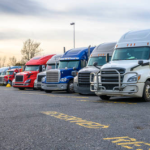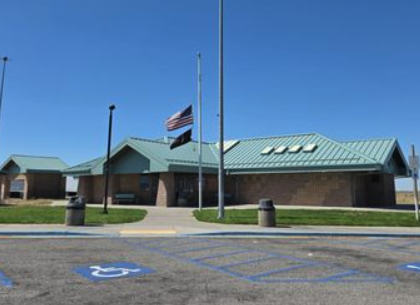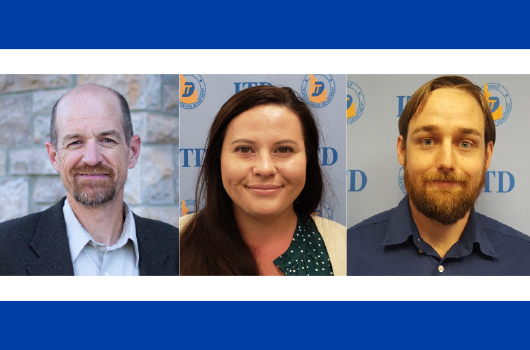Rexburg Diverging Diamond Interchanges win International Communitas Award

The large-scale 2024 project to build two Diverging Diamond Interchanges off US-20 in Rexburg was recently awarded the International Communitas Award. This award is an effort to recognize exceptional businesses, organizations, and individuals who are unselfishly giving of themselves and their resources, and those who are changing how they do business to benefit their communities. Communitas is a term describing the intense sense of community that emerges among people sharing a collective experience, particularly during times of transition.
The Rexburg DDIs were originally intended to be built separately over two construction seasons. Input from the community and area municipalities asked if ITD could possibly do it in just one year by fully closing the exits one at a time. That suggestion led to a unique, aggressive construction schedule being developed.
Though the significant work-zone impacts could have caused substantial community uproar and damage to ITD’s reputation, the opposite proved true thanks to diligent and constant effort on the part of the project team. Throughout construction, the Rexburg community and eastern Idaho in general was massively positive and supportive.
“It’s nice to see this project recognized on such a large scale. It was unique in its design and construction and skillfully targeted the specific needs of the community,” Engineering Manager Conner Huffaker said. “Despite the challenges encountered, the project has changed the face of the community for good and received remarkably positive public support. The end result is something all those who helped bring it to reality and the community who use it every day can be truly proud of.”

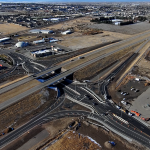




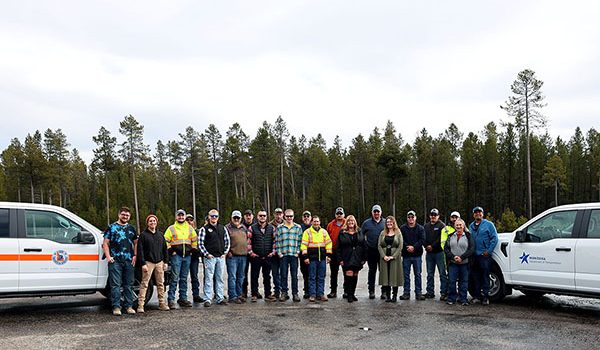

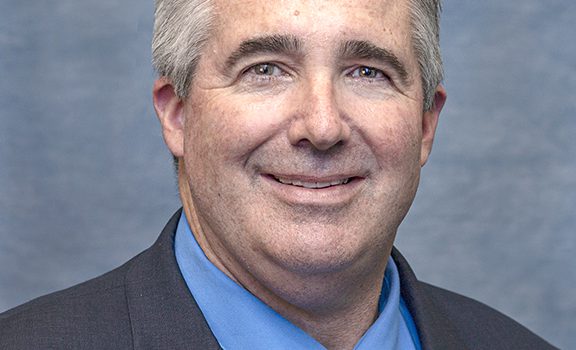
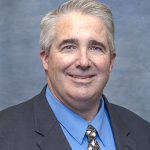
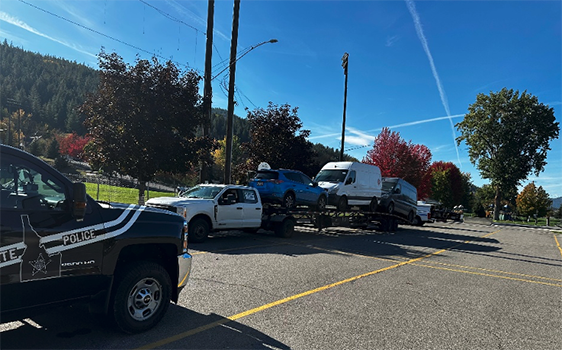
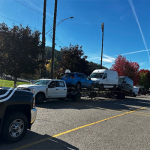




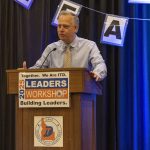
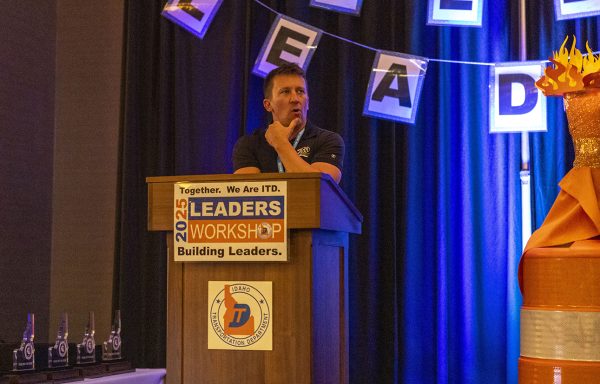
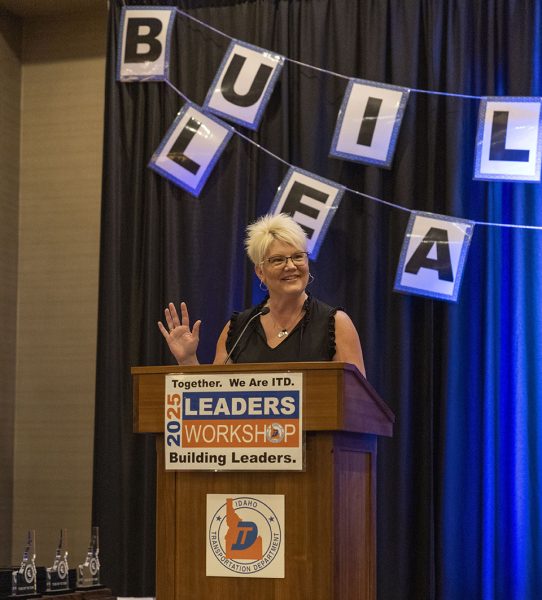 “A huge thank you goes to the ITD Executives, the Innovative Business Practices Team and the Continuous Improvement Team for their support and encouragement, and the promotion of innovation at ITD. None of this would’ve been possible without them!”
“A huge thank you goes to the ITD Executives, the Innovative Business Practices Team and the Continuous Improvement Team for their support and encouragement, and the promotion of innovation at ITD. None of this would’ve been possible without them!”



